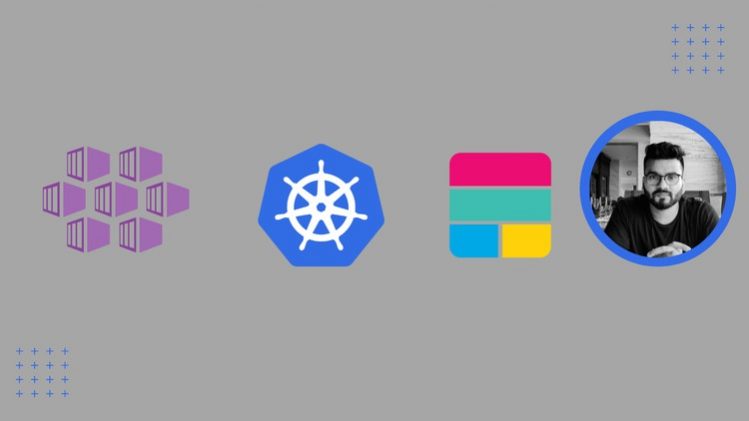
Azure Kubernetes Service, Elastic Search Stack on a high level
Learn to Automate Azure AKS Production grade clusters using Terraform
Learn to write Kubernetes Manifest file and master Kubectl command
Learn Kubernetes Fundamentals in both imperative and declarative approaches
Monitor, configure and Watch Kubernetes dashboard for deployments
Understand core fundamentals of Kubernetes like when to use services, deployment, replica… and how to join them together in production environment
Don;’t just deploy an nginx or hello world program, learn by deploying real world workloads like data base, front end.
Learn to attach a static IP on AKS service
Tips and tricks of Azure Kubernetes Service like testing before deployment, tools to manage your config
Kubernetes is a buzz word, whosoever deals managing multiple containers and think of better orchestrating the containers. Kubernetes is the platform, however Kubernetes is not an easy to learn, this course has been tailor made to keep the course really simple and easy.
This course helps you learn Kubernetes fundamentals right from scratch, Azure Kubernetes Service (AKS) makes deploying and managing containerised applications easy. It offers serverless Kubernetes, backed by power of Azure leveraging features like Active Directory to control fine grained access on who has access to what.
How the course is shaped?
- We start off writing terraform script to spin up Azure kubernetes Service along with Azure Container Registry.
- Generate secrets for AKS to get deployed.
- Deploy Kubernetes Cluster on Azure
- Introduction to Kubernetes Dashboard
- Deploy dashboard on Azure Kubernetes Service
- We push docker images to Azure Container Registry
- We start with the fundamentals of kubernetes like namespaces, deployment, services, statefulsets, pods, configmaps
- and then the fun part where we start off with deploying workloads on AKS just like you would do it on a production system.
- we join the services and get the Kibana UI up and running.
- We use rolling update and replica sets to keep the service highly available.
- Use a static public IP address and DNS label with the Azure Kubernetes Service (AKS) load balancer
This course is one of the few in the marketplace, where it is being regularly updated almost realtime basis as soon as the publisher launch any new set of feature, we make sure learner enrolling into the course get the best out of the content.
We also as a team strive be customer focused by making sure whatever queries are being put on direct messages or in community, we try to get back to the learner within 24 hours if not early, there have been scenarios where in our instructors have been on screen sharing session with the users and helped them solving the problems.



